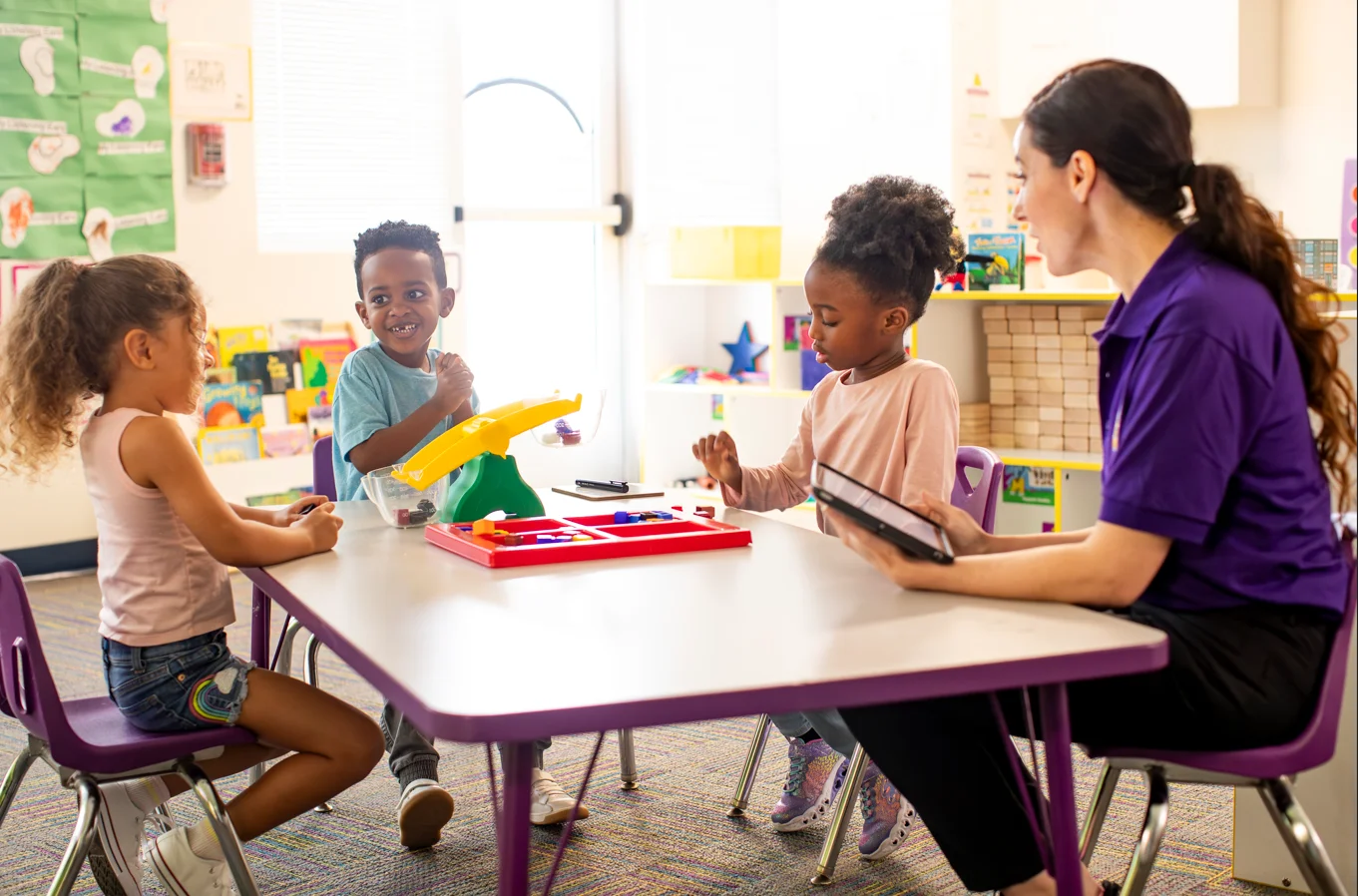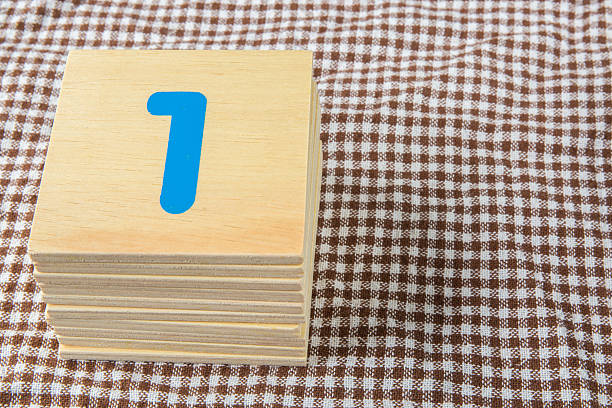Listening is one of the essential skills that you can teach your child. It is easy to learn with simple games and other activities, even though it is often forgotten.
This brief explanation will explain the importance of this skill. Then, 17 simple listening activities or games will be provided.
Why listening skills are important
Children may now be exposed to a lot of screen time and other stimuli, which can prove overwhelming. Children also have less time to play.
This impacts their concentration span as well as their overall performance, particularly their ability to read. Reading involves hearing, distinguishing, and blending sounds.
It’s possible to make a huge difference in your child’s listening skills and their ability to cope at school by simply paying attention at home for 5-10 minutes per day.
Listening is an essential part of overall cognitive growth.
These activities are best done as soon as possible. It starts with a baby hearing sounds and music and continues through primary/elementary school.
Subscribe to Empowered Parents!
Find the best early childhood activities and information, plus a great set of printables and activity packs that you can instantly download for free!
SUBSCRIBE! I consent to receive emails and personalized ads.
Activities and Games for Kids
These are some great tips, games, and activities that you can try at home. They’re also great for school. All you need is a few minutes.
These and other listening activities can be found in the Learning Through Play Activity Pack. It is available as a free download at the bottom of this post.
For a quick summary, watch the video below or continue reading for more listening suggestions.
These types of activities have been used in my classroom, and I know that the children enjoyed them.
Many of these games can be enjoyed with children years later than preschool, as they still teach listening skills and memory skills.
The Telephone Game is best played at the dinner table with at least three members of your family.
If your child is young, start with simple words and gradually move on to phrases. Then complete sentences. As they get more proficient at listening,
Speak a sentence or word and whisper it in your child’s ears. The next person must then repeat the message to you. The message is then delivered to the last person who hears it.
Laughter is usually the result, as the messages are often misinterpreted and changed. Your child will become more able to hear details and communicate accurate messages over time.
Use alliterations to vary the sentences (e.g. My tiny teddy is speaking) and rhyming sentences. Do you own a blue shoe or a red one? ).
Change the order of who whispers to whom and let your child make up messages.
Simon Says
For children who are unable to listen or pay attention, the Simon Says classic game can be a great way to get them to pay more attention.
You can call out instructions by saying “Simon Says, put your hands on your shoulders.” If your child gives an example that doesn’t start with “Simon Says,” like “Jump three times,” it is not allowed.
This means that your child must pay attention to two details for every instruction.
Stand in front of your child and perform the following actions:
Your child must perform the action when you say “do it”, but they must remain still when you say “do it”.
This game is a favorite of children and they often laugh along with it. It takes concentration to stay still and listen carefully to determine if they should do the action.
These are some Simon Says ideas.
Musical statues
Another favorite is the Musical Statues game that kids love.
You only need music and space to dance. You can play music, but you must stop it from time to time. Both you and your child should freeze when the music stops.
As your child improves his listening skills, you will notice the difference. It may take your child a while to notice that the music is paused and stop dancing.
I went to the Zoo, and I saw a
This game requires listening and memorizing in addition to being more difficult than the others.
You can choose any animal name, but you should start the game by saying, “I went to the zoo and saw a monkey.”
The child responds by saying, “I went to the zoo and saw a monkey & a lion.”
You reply with “I went to the zoo, and I saw a monkey and a lion.”
With each turn, you will repeat the animals already listed in order and then add another. You cannot repeat an animal.
This may seem difficult at first, but your child will soon be able to recall many different animals.
It is easier to play this game with more people, as it is easier for you to identify words with different people. Make sure you involve your siblings, parents, and grandparents.
After practicing this several times, my 6-year-olds were able to recall many of the words in a class of 20-25 children.
What were the Most Important Things You Heard?
This variation of the game involves both listening and memorizing.
Ask your child to close his eyes. Then, set a timer on the phone for 30 seconds. Ask your child to pay attention and to try to recall all the details he heard.
List all sounds heard and count the number of different sounds. Increase your focus from 30 seconds to one minute of listening.
Listen to Stories
You can listen to audiobook CDs and stories on Youtube without having to look at the screen. After listening to the story, ask your child questions.
This works well with bedtime stories. Ask your child not to show the pictures and to close her eyes. Ask your child to imagine how she will draw the story in the morning.
You will find a collection of printables to download at the end of this post. It includes some funny stories that you can read to your children.
Multiple Instructions
Your child should be given instructions around the house and while you are cooking. Be clear. Begin with one instruction. Please find the book near my bed.
Ask your child to repeat the instructions to you and then follow them.
It should be increased in two directions. Please find the book beside my bed. Take out the front cover and open it.
This can be increased over time until you are able to give five instructions at once. This is a great exercise because you can give multiple instructions in the classroom.




